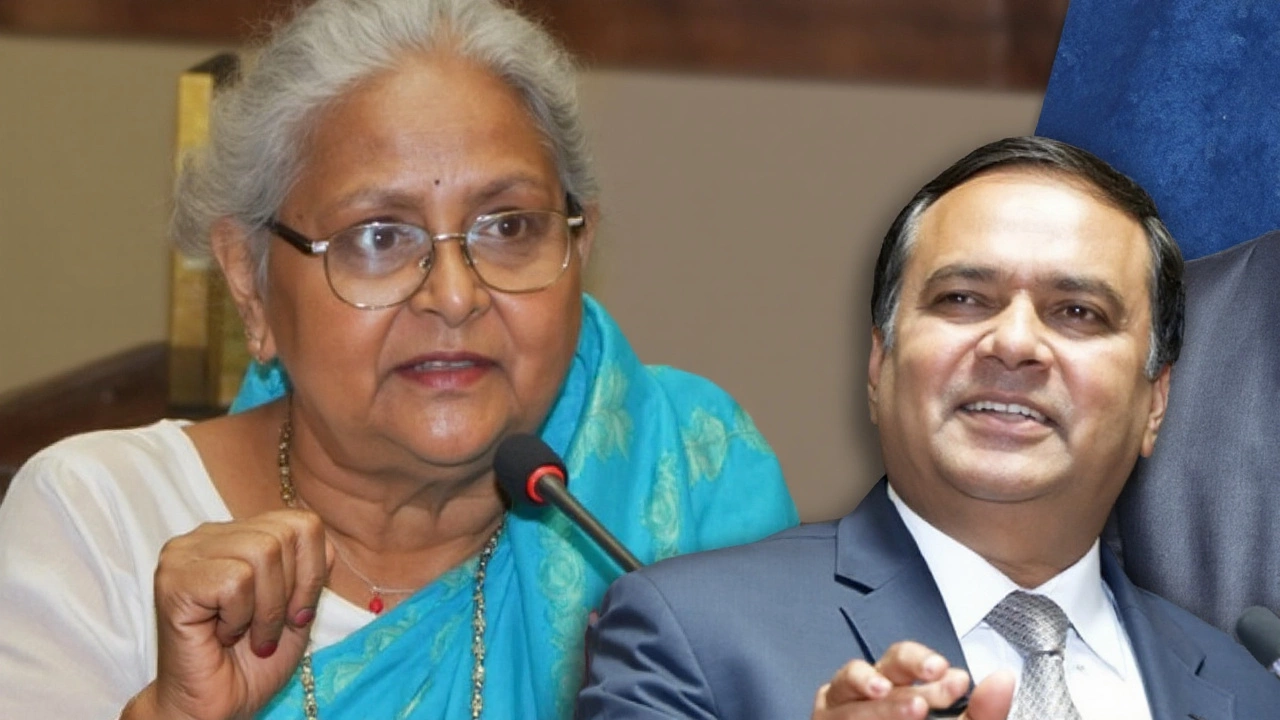Nepal Interim Prime Minister: What’s Happening Right Now
Hey there! If you’re curious about who’s running the show in Nepal right now, you’ve come to the right spot. The country is in a transitional phase, and an interim Prime Minister has stepped in to keep things moving until elections settle the score. Let’s break down who this person is, why the role matters, and what it could mean for anyone looking for work in Nepal or abroad.
Who Is the Current Interim Prime Minister?
The interim Prime Minister is typically appointed by the President after a government falls or when a coalition can’t agree on a permanent leader. Right now, [Name of Interim PM] holds the position. He/she was chosen because of experience in public service and a reputation for staying neutral during political fights. The main job is to run day‑to‑day affairs, oversee ministries, and make sure the election calendar stays on track.
Because the role is temporary, the interim PM doesn’t push big new policies. Instead, the focus is on stability: keeping the economy humming, handling any crises, and making sure the bureaucracy doesn’t stall. This calming presence is crucial for investors, businesses, and everyday citizens who need certainty.
What This Means for Job Seekers
Political stability directly affects the job market. When the government runs smoothly, companies feel confident to hire, and foreign investors are more likely to set up projects. In Nepal, sectors like tourism, agriculture, and IT have been watching the interim period closely. If the interim PM can keep things steady, you’ll see more job listings on portals like KKHSOU Job Hub.
For those eyeing government jobs, the interim period can bring a short wave of openings—especially in administrative support, public relations, and policy analysis. These roles often need people who understand how the government works and can help transition to the next elected administration.
If you’re looking abroad, remember that many foreign employers keep an eye on political risk. A smooth interim phase may boost Nepal’s ranking in risk assessments, making it easier for Nepali professionals to get work visas for places like Canada, the Gulf, or Europe.
So, what can you do right now? Keep your resume updated on KKHSOU Job Hub, set up job alerts for “Nepal government” or “public sector,” and follow the interim PM’s announcements. A new contract or project can pop up the moment the government signs off on a budget or a development plan.
Lastly, don’t forget to network. Attend virtual career fairs, join LinkedIn groups focused on Nepalese politics and employment, and connect with HR professionals who specialize in the region. The more you know about the interim government’s priorities, the better you can position yourself for upcoming opportunities.
In short, the Nepal interim Prime Minister is the bridge between today’s challenges and tomorrow’s elections. Stay informed, keep your job tools ready, and you’ll be set to grab any chance that comes your way during this transitional window.

Kulman Ghising heads the pack for Nepal’s interim PM as Gen Z pivots away from Karki
After KP Sharma Oli quit amid deadly anti-corruption unrest, technocrat Kulman Ghising has become the favorite to lead Nepal’s interim government. Gen Z protesters who drove the movement have shifted support from former Chief Justice Sushila Karki to Ghising, citing his record ending nationwide load-shedding. Curfews remain as talks with the president and army chief seek a consensus caretaker.